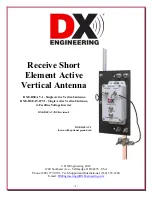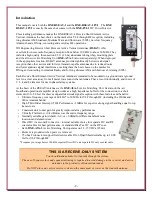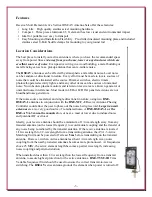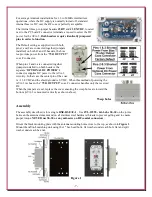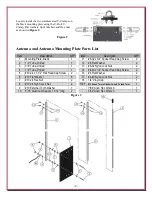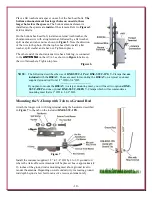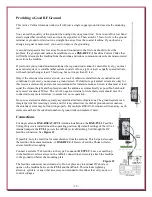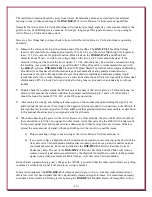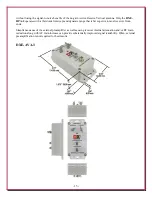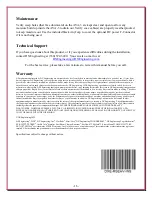
- 6 -
RF Gain Selection - J1
The
DXE-AVA-3
features internal jumper selection of relative gain settings, with the factory default of -
6dB, as well as 0dB and +6dB settings, to match the ambient noise conditions for the antenna location, and to
adjust for the size of the antenna element to be used. Remove the cover from the AVA-3 to allow access to
the jumpers. Set the jumpers to the desired positions
as described.
As a rule of thumb, always use the lowest gain
setting that works for the application. This is
usually the setting with the minimum discernible
ambient background noise that is at or just above
the noise floor of the receiver. This setting will
allow the greatest signal-to-noise improvement for
all signals, especially weak signals.
The default jumper setting of -6 dB gain is the best
choice for the majority of installations, including
those with the
RSEAV-1
8.5 ft. antenna elements. This lowest gain setting
is also the best choice for receiving locations where AM Broadcast (MW)
stations are within 10 miles (16 km).
As the gain setting is increased in the AVA-3, the possibility for RF
overload and distortion increases at extremely high signal input levels.
Therefore, in locations with multiple transmitters or high ambient local
noise, do not use the +6dB setting. Longer elements, such as 20 to 24 ft.,
that are typically used for low band, AM, LF and VLF will also produce a
higher ambient local and atmospheric noise floor, especially at 0dB or
+6dB settings.
DC Power Source Selection J2 and J3
- The factory default setting is DC
over the RF coax. You can also select direct DC via a separate coax. In
either case - when power is supplied to the AVA-3 - the Green LED will be
ON.
The versatility of the AVA-3 includes the option of using the Direct DC F connector for installations where
the use of the AVA-3 internal Bias Tee, is undesirable.
NOTE:
For optimal receive performance, especially on VLF frequencies from 40 to 200 kHz,
Direct DC is required. For installations where the DC is intended to applied at all times for
uninterrupted reception, such as for skimmers and remote receivers, Direct DC via the separate
coax to the “
OPTIONAL DC POWER
” input is recommended, so the “
75 Ω OUTPUT
” coax
carries only RF.

